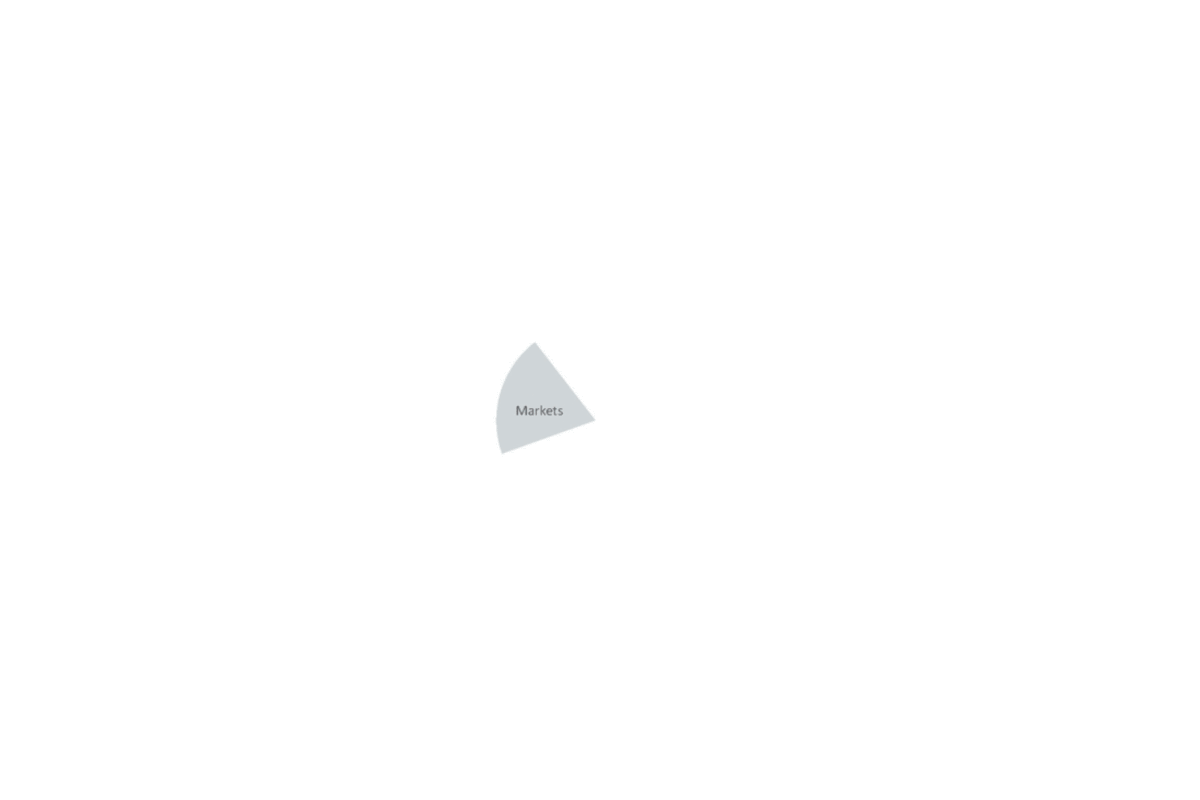Why Te Taiao Matters and the Supporting Role of Our Research
Our Land and Water has developed a new 'mental model' of Aotearoa's agri-food and fibre system to underpin our research design, influence and align key stakeholders to better support land stewards to live and work in ways that are more connected to te Taiao.
Our Land and Water has developed a new ‘mental model' of Aotearoa's agri-food and fibre system to guide our research design, showing the connections between key stakeholders, land stewards and te Taiao.
Te Taiao is the environment that contains and surrounds us. It has four major components:
- Whenua (soil and land)
- Wai (all freshwater bodies and their connections)
- Āhuarangi (climate across time)
- Koiora (all living communities: human, plant, animal)
Thinking about the environment in this way encourages us to aspire to a future where humanity and the natural world sustain each other in an interconnected relationship of respect, and we all act as land stewards.

In order to achieve our vision, Our Land and Water is working to influence and align key stakeholders to better support land stewards to behave in ways that are more connected to te Taiao.
Aotearoa's land stewards directly influence the wellbeing of te Taiao and vice versa. This doesn’t happen in a vacuum; significant pressures come from a range of areas, including policy and regulation, our financial frameworks, markets, community priorities, and infrastructure.
There are some pressures that we have little ability to influence, such as large international megatrends like a changing climate. We need to understand how we support land stewards to understand their impacts, and where possible to use them as opportunities to better support te Taiao.
We are not alone in this mission.
The chief executives of the major industry bodies, along with Ministry for the Environment and the Ministry of Primary Industries, support the Primary Sector Council’s vision for the agriculture, food and fibre sector of Aotearoa, which identifies the health and wellbeing of te Taiao as a benchmark for success.
We embrace the Māori concept of te Taiao, a deep relationship of respect and reciprocity with the natural world. The health of the climate, land, water and living systems comes first. And when nature thrives so do our families, communities and businesses.
The Primary Sector Council’s Taiao Ora Tangata Ora Framework, released in July, sets out four pathways with actions to help put te Taiao genuinely at the heart of the food and fibre sector's practices and decision-making over the next four years.
Our Land and Water's Phase 2 research is closely aligned with these pathways. We look forward to sharing our research workplan with you in August 2020, showing how we plan to contribute knowledge, tools and ideas to achieve three impact goals for 2024:
- Decisions on land-use change and management practices can be made with confidence that they will lead to improvement in te Taiao (Future Landscapes research)
- New incentive approaches and value chains are motivating people and organisations to make better decisions for te Taiao (Incentives for Change research)
- New options and pathways to enhance te Taiao are being explored by land stewards and organisations in the agri-food and fibre system (Capacity for Transition research)
___
More information:
- Primary Sector Council: Taiao Ora Tangata Ora strategy
- Primary Sector Council: Agriculture, Food & Fibres Sector Vision and Strategic Direction Towards 2030
- Our Land and Water partnered with Museum of New Zealand Te Papa Tongarewa to contribute to its permanent exhibition, Te Taiao | Nature
Author
 View Our Strategy Document 2019 – 2024
View Our Strategy Document 2019 – 2024




Leave a Reply